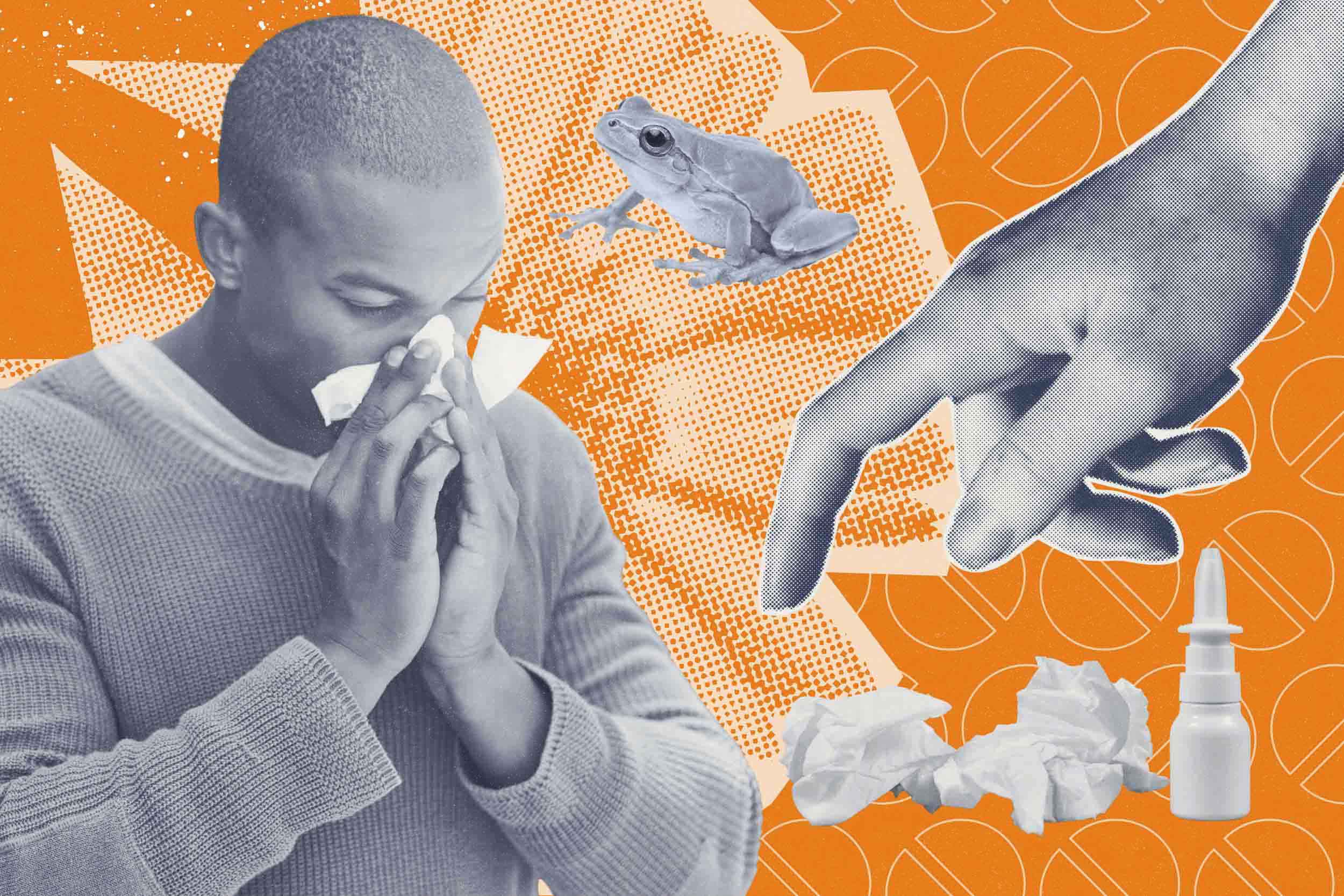Truth Hurts: Separating Fact from Fiction in Health Folklore

Debunking Health Myths: Toads, Chills, and the Truth
We've all heard those age-old health warnings passed down through generations. Two classic myths that have persisted for years are the claims that touching toads causes warts and that getting chilly can make you sick. To separate fact from fiction, we consulted family nurse practitioner Ashley Apple for some expert insight.
The Toad and Wart Connection
Let's set the record straight: toads do not cause warts in humans. This popular misconception likely stems from the bumpy, warty-looking skin of many toad species. In reality, warts are caused by the human papillomavirus (HPV), which spreads through direct skin contact with an infected person or by touching surfaces contaminated with the virus.
Can a Chill Really Make You Sick?
While being cold doesn't directly cause illness, there's a kernel of truth to this myth. Cold temperatures can weaken your immune system and make you more susceptible to viruses. When you're exposed to chilly conditions, your body works harder to maintain its core temperature, which can temporarily reduce your ability to fight off infections.
The key takeaway? Stay warm, practice good hygiene, and don't believe everything you've heard about toads and temperature!
